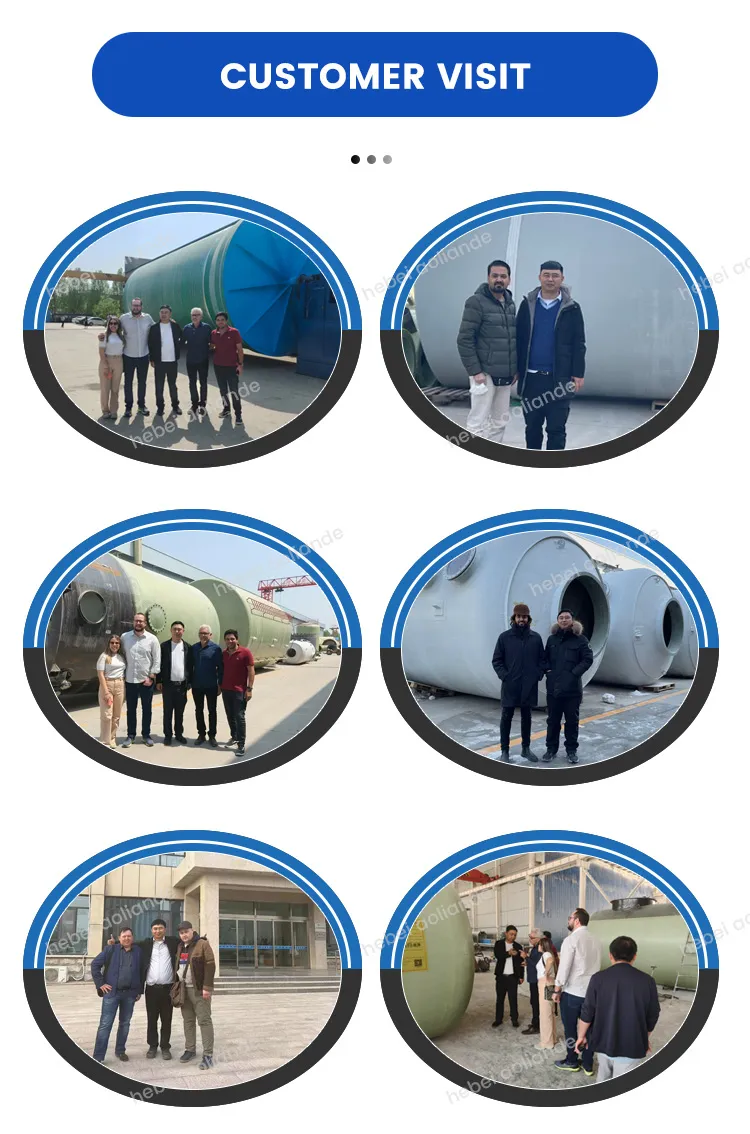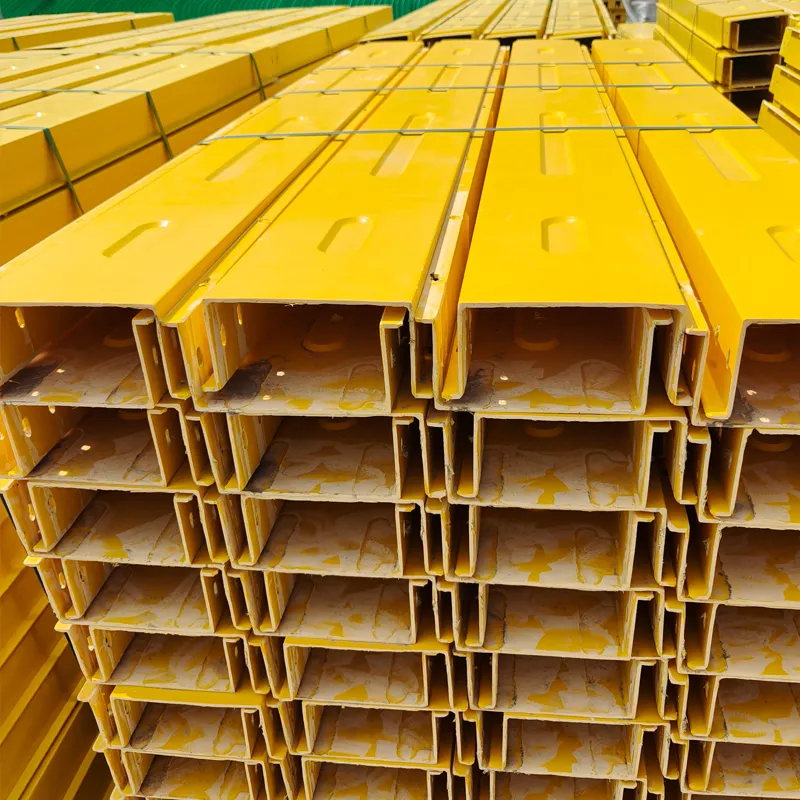Fiberglass Bar Grating Durable & Lightweight FRP Floor Solutions
- Industry Growth Projections and Material Performance Data
- Technical Superiority in Harsh Environments
- Comparative Analysis of Leading Manufacturers
- Custom Engineering Solutions by Application
- Industrial Installation Case Studies
- Maintenance and Lifecycle Cost Evaluation
- Future Applications for Fiberglass Bar Grating

(fiberglass bar grating)
Why Fiberglass Bar Grating Dominates Modern Industrial Flooring
The global fiberglass grating market projects 5.8% CAGR growth through 2029, reaching $673.2 million. Unlike traditional materials, these pultruded structures withstand chemical exposure exceeding 1,500 hours in ASTM C581 salt spray tests. Manufacturing involves precisely aligned fiberglass bars bonded with thermosetting resin under controlled heat and pressure. This creates cross-directional strength with typical panel thicknesses of 1.5-2 inches supporting concentrated loads up to 2,500 PSI.
Electrically non-conductive properties enable safe installations near high-voltage equipment where OSHA mandates dielectric flooring. Open-area ratios between 65-78% provide superior drainage while preventing debris accumulation. Corrosion-resistant qualities remain unaffected by hydrocarbon spills, dilute acids, or saltwater immersion environments common in offshore platforms.
Technical Superiority in Harsh Environments
Fiberglass bar grating maintains mechanical integrity at temperatures from -40°F to 250°F without thermal expansion issues plaguing metals. Impact resistance exceeds 15 ft-lbs according to ASTM D5420, absorbing forklift collisions through material elasticity. Weight advantages prove significant - 15-pound FRP grating panels perform equivalently to 70-pound steel alternatives.
Fire safety ratings include ASTM E84 Class 1 certification with negligible smoke generation and flame spread below 25. Slip-resistant surfaces demonstrate coefficient of friction values >0.85 when tested per OSHA 1910.22 wet surface protocols. Integral UV inhibitors prevent resin degradation from solar exposure, maintaining >90% tensile strength after decade-long exterior installations.
Comparative Analysis of Leading Manufacturers
| Manufacturer | Resin System | Max Load (PSI) | Warranty | Customization |
|---|---|---|---|---|
| Strongwell | Vinylester | 2,800 | 25 years | Panel sizes, colors, textures |
| Liberty Composite | Polyester/Iso | 2,400 | 15 years | Beveled edges, custom hole patterns |
| Mechanical Rubber | Orthophthalic | 1,900 | 10 years | Cut-to-size only |
High-performance vinylester resins outperform polyester alternatives by 34% in flexural strength tests according to ASTM D790. Leading manufacturers employ proprietary pultrusion tensioning processes achieving bar-to-bar dimensional tolerances within ±0.015 inches. Surface coatings like grit-impregnated wear layers extend product life in high-traffic zones exceeding 500 daily crossings.
Custom Engineering Solutions by Application
Custom engineering resolves site-specific challenges through three primary methods:
- Load-Specific Configurations: Varying bar spacing (1-2 inches) and depth adjustments manage anticipated traffic loads
- Chemical-Resistant Formulations: Custom resin blends withstand pH extremes from 1-12 encountered in processing facilities
- Non-Sparking Modifications: Aluminum-free versions meet NEC hazardous location requirements
Field cutting flexibility enables on-site modifications with basic tools, unlike pre-engineered metal systems requiring shop fabrication. Radius corners and curved walkway configurations maintain structural integrity when installed with specialized clamping systems.
Industrial Installation Case Studies
Refinery Platform Retrofit: Phillips 66 installed 18,000 sq ft of vinylester grating replacing corroded steel decks in FCCU unit. Resulted in 60% weight reduction and eliminated biannual maintenance costing $217,000 annually. Project achieved 2.3-year ROI despite 22% higher initial material cost.
Municipal Wastewater Facility: Cincinnati MSD utilized fiberglass floor grating across primary clarifier walkways measuring 575 ft linear length. Non-skid diamond surface reduced slip incidents by 92% during wet conditions while withstanding hydrogen sulfide concentrations previously destroying galvanized steel within 18 months.
Maintenance and Lifecycle Cost Evaluation
Lifecycle analysis reveals superior economics despite higher purchase prices. Fiberglass grating requires only periodic washing with mild detergents, averaging $0.18/ft² annual maintenance versus $1.75/ft² for coated steel alternatives needing abrasive blasting and recoating. Life expectancy benchmarks:
- Chemical processing: 15-20 years service life
- Marine environments: 12-15 years service life
- Food production: 25+ years with proper sanitation protocols
Decommissioning costs prove advantageous since material recycling eliminates hazardous waste disposal fees incurred with lead-painted metals.
Advancing Industrial Infrastructure with Fiberglass Bar Grating
Wastewater treatment plants increasingly adopt fiberglass bar grating
for walkways exposed to airborne sulfuric acid. Next-generation formulations incorporating graphene-enhanced resins promise 200% strength improvements with weight savings exceeding 75% versus traditional fiberglass floor grating. Major infrastructure projects like offshore wind farms prioritize these materials for maintenance platforms, acknowledging corrosion resistance preventing catastrophic failures in salt-spray environments.
Manufacturers now offer photoluminescent pathways and integrated lighting systems meeting IBC egress requirements without external power. Installation crews consistently report 37% faster deployment compared to steel grating, minimizing facility downtime. These advancements cement fiberglass bar grating as the premier solution for demanding structural applications.

(fiberglass bar grating)
FAQS on fiberglass bar grating
Q: What are the advantages of using fiberglass bar grating over traditional materials?
A: Fiberglass bar grating is corrosion-resistant, lightweight, and high-strength, making it ideal for harsh environments. It also requires minimal maintenance and won’t rust like steel. Additionally, it provides excellent slip resistance and electrical insulation.
Q: How is fiberglass floor grating installed?
A: Fiberglass floor grating is typically secured using clips, bolts, or adhesives, depending on the surface and load requirements. Proper spacing and alignment ensure stability. Always follow manufacturer guidelines for optimal performance.
Q: Can fiberglass bar grating withstand high temperatures?
A: Yes, fiberglass bar grating can handle temperatures up to 150°F (65°C) consistently and higher short-term exposure. However, specific limits depend on the resin type used. Check technical specifications for your application needs.
Q: Where is fiberglass floor grating commonly used?
A: It’s widely used in chemical plants, water treatment facilities, offshore platforms, and walkways due to its corrosion resistance. It’s also popular in food processing and electrical industries for its non-conductive properties.
Q: Is fiberglass bar grating customizable in size and color?
A: Yes, fiberglass bar grating can be cut to custom sizes and molded in colors like gray, green, or yellow for visibility or aesthetics. Mesh spacing and thickness can also be tailored to load requirements.






























